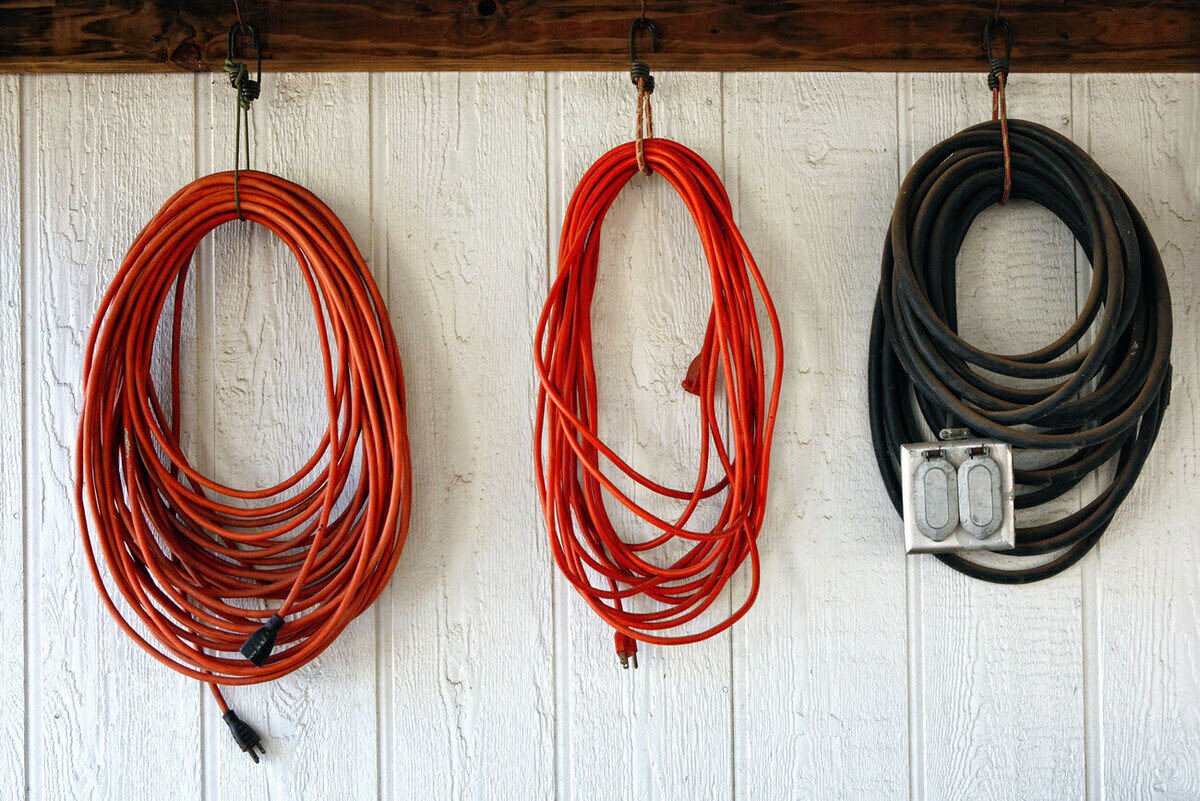

Articles
How To Store Extension Cord
Modified: October 26, 2024
Learn the best methods for storing extension cords with these helpful articles. Keep your cords organized and tangle-free to save time and effort.
(Many of the links in this article redirect to a specific reviewed product. Your purchase of these products through affiliate links helps to generate commission for Storables.com, at no extra cost. Learn more)
Introduction
Extension cords are incredibly useful tools that allow us to conveniently access electrical power in various locations. From powering our electronic devices outdoors to reaching those hard-to-reach outlets, extension cords provide the flexibility we need. However, many people overlook the importance of proper storage for these cords, which can lead to tangling, damage, and even safety hazards.
In this article, we will discuss why it is crucial to store extension cords correctly and provide you with a step-by-step guide on how to do it effectively. We will also explore different storage options and common mistakes to avoid. By following these tips, you can extend the lifespan of your extension cords, ensure their safety, and maintain a clutter-free space.
Key Takeaways:
- Properly storing extension cords is crucial to prevent tangling, reduce tripping hazards, and protect against environmental damage, ensuring longevity and safety.
- Regularly inspect, clean, and store extension cords in a dry, secure location to maintain their condition, prevent accidents, and extend their lifespan.
Read more: How To Store An Electrical Cord
Why Proper Storage of Extension Cords is Important
Properly storing extension cords is essential for several reasons. Firstly, it helps prevent tangling, which can be time-consuming and frustrating to deal with. Knotted and tangled cords not only waste your valuable time but also increase the risk of damage to the cords themselves.
Secondly, storing extension cords properly reduces the likelihood of tripping hazards. Haphazardly strewn about cords can pose a safety risk, especially in high-traffic areas. By neatly organizing and storing your cords, you minimize these risks and promote a safer environment.
Furthermore, correct storage helps protect the cords from damage and exposure to elements such as sunlight, heat, and moisture. Exposure to these factors can cause the insulation on the cords to deteriorate, increasing the risk of electrical shock or fire.
Lastly, storing extension cords properly extends their lifespan. When cords are neatly coiled and stored, they are less likely to kink or get damaged, ensuring that they remain in good working condition for longer periods.
Factors to Consider Before Storing Extension Cords
Before you begin storing your extension cords, there are a few factors to consider:
- Cord Length: Take note of the length of each extension cord you own. This will help you determine the best storage method for each cord.
- Usage Frequency: Consider how often you use each extension cord. If you frequently use a particular cord, you may want to store it in a more easily accessible location.
- Environmental Conditions: Take into account the environment where the cords will be stored. If the area is prone to moisture or extreme temperatures, you may need to choose storage options that offer better protection.
By considering these factors, you can make informed decisions about the storage method that best suits your needs and ensures the longevity of your extension cords.
Key Takeaways:
- Properly storing extension cords is crucial to prevent tangling, reduce tripping hazards, and protect against environmental damage, ensuring longevity and safety.
- Regularly inspect, clean, and store extension cords in a dry, secure location to maintain their condition, prevent accidents, and extend their lifespan.
Read more: How To Store An Electrical Cord
Why Proper Storage of Extension Cords is Important
Properly storing extension cords is crucial for several reasons. Let’s explore why:
Preventing Tangling and Damage
One of the main reasons for storing extension cords properly is to prevent tangling. We’ve all experienced the frustration of trying to untangle a mess of cords, wasting precious time and energy. By neatly coiling and storing your cords, you can avoid tangled messes and make it easier to use them when needed.
In addition to preventing tangling, proper storage also helps protect the cords from damage. When cords are left strewn around, they can get stepped on, run over, or caught on objects, leading to cuts, fraying, or even electrical wire exposure. By storing them safely, you can extend the lifespan of your cords and avoid costly replacements.
Read more: How To Splice Extension Cord
Reducing Tripping Hazards
Improperly stored cords can create tripping hazards, especially in high-traffic areas. Loose or tangled cords are a common cause of accidents and injuries in the home or workplace. By organizing and storing your extension cords, you minimize the risk of someone tripping and falling, promoting a safer environment for everyone.
Protecting Against Environmental Factors
Exposure to sunlight, extreme temperatures, moisture, and dust can damage extension cords over time. Sunlight can cause the outer insulation to deteriorate, making the cords more prone to wear and tear. Extreme temperatures, especially freezing temperatures, can impact the cord’s flexibility and lead to cracking.
Moisture can also be detrimental to your cords, as it can cause corrosion in the connectors and compromise the insulation. Additionally, dust and debris can accumulate on improperly stored cords, making them more difficult to clean and potentially leading to performance issues.
By storing your extension cords in a clean, dry, and climate-controlled environment, you can protect them from the damaging effects of these environmental factors, ensuring their longevity and reliable performance.
Avoiding Fire Hazards
Improper storage of extension cords can increase the risk of fire hazards. When cords are tangled or coiled tightly, they can generate heat and prevent proper airflow, leading to overheating. Overheated cords can potentially melt, catch fire, or cause electrical shorts.
Additionally, if cords are stored near flammable materials or in areas with poor ventilation, the risk of fire increases exponentially. Proper storage, such as keeping cords away from heat sources and flammable materials, significantly reduces the likelihood of fire accidents.
It’s important to note that even properly stored cords can pose a fire risk if they are used improperly. Always follow safety guidelines when using extension cords, such as not overloading them with too many devices or plugging them into outlets with higher amp ratings than the cord can handle.
By storing your extension cords correctly, you minimize the risks associated with tangling, damage, tripping hazards, environmental factors, and fire hazards. Investing a little time and effort into proper storage practices can go a long way in ensuring the safety, longevity, and reliable performance of your extension cords.
Factors to Consider Before Storing Extension Cords
Before you start storing your extension cords, there are a few important factors to consider:
Read more: How To Test Extension Cord With Multimeter
Cord Length
Take note of the length of each extension cord you own. Different cords have varying lengths, and this information will help you determine the most suitable storage method for each cord. Longer cords may require more space or a different storage option compared to shorter ones.
Usage Frequency
Consider how often you use each extension cord. If you frequently use a particular cord, it is advisable to store it in a more easily accessible location. This will save you time and effort when you need to retrieve and use it. On the other hand, cords that are rarely used can be stored in a less accessible area to free up space for more frequently used items.
Environmental Conditions
Assess the environment in which the extension cords will be stored. Factors such as temperature, humidity, and exposure to sunlight can affect the condition of the cords. If the storage area is prone to moisture or extreme temperatures, consider using storage options that offer better protection, such as airtight containers or insulated storage bags.
Available Space
Consider the available storage space you have. Depending on the quantity and length of your extension cords, you may need to allocate a specific area or use storage solutions that maximize space utilization. This can include using hooks, reels, or cord organizers that allow you to neatly organize and store the cords without taking up excessive space.
Read more: How To Keep Extension Cord From Tangling
Ease of Access
Think about how easily accessible you want your extension cords to be. Determine whether you need quick access to certain cords or if they can be stored in a less accessible location. For example, cords used for outdoor purposes may need to be conveniently stored near the entrance, while less frequently used cords can be stored in a garage or utility closet.
Considering these factors before storing your extension cords will help you make informed decisions about the most suitable storage methods. By taking these factors into account, you can ensure that your extension cords are stored safely, conveniently, and in a way that prolongs their lifespan.
Step-by-Step Guide on How to Store Extension Cords
Properly storing your extension cords is essential for their longevity and easy accessibility. Follow these steps to ensure that your cords are stored safely and efficiently:
Step 1: Clean and Inspect
Before storing your extension cords, give them a thorough cleaning to remove any dirt or debris. This will help prevent any damage that could occur during storage. Inspect the cords for any signs of wear, fraying, or damage. If you notice any issues, it may be time to replace the cord.
Step 2: Straighten and Untangle
Begin by straightening out the extension cord to remove any kinks or twists. Then, carefully untangle any existing tangles or knots. This step will make it easier to coil the cord and prevent future tangling.
Read more: How Long Can A 220V Extension Cord Be
Step 3: Coil the Cord
Start coiling the extension cord by holding one end in your hand. Create large loops and make sure to keep the loops uniform in size. As you coil, hold the loops together to maintain their shape. Continue coiling until you reach the other end of the cord.
Step 4: Secure the Coil
To keep the coil intact, you can use various methods. The simplest option is to tie a twist tie or Velcro strap around the center of the coil. Alternatively, you can use a cord reel or cord organizer designed to hold the coiled cord in place.
Step 5: Store in a Suitable Container
Find a suitable container to store your coiled extension cord. This can be a sturdy plastic tub, a storage box, or even a dedicated cord reel. The container should provide protection against dust, moisture, and potential damage from other stored items.
Step 6: Label and Organize
Label each container or cord reel with the length and type of extension cord it holds. This will make it easier to find the right cord when you need it. Additionally, consider organizing your containers or reels by cord length or usage frequency for added convenience.
Read more: How Do You Roll Up An Extension Cord
Step 7: Store in a Dry and Secure Location
Find a dry and secure location to store your organized extension cord containers. This can be a storage closet, garage, or shed. Ensure that the area is well-ventilated and away from direct sunlight or extreme temperatures, as these can damage the cords.
By following these step-by-step instructions, you can store your extension cords in an organized and safe manner. This makes it easy to retrieve them when needed, extends their lifespan, and minimizes the risk of damage.
Recommended Storage Options for Extension Cords
When it comes to storing your extension cords, there are several recommended options that can help keep them organized, tangle-free, and protected. Consider the following storage options:
Cord Reels
Cord reels are a popular and effective storage solution for extension cords. These reels have a built-in handle and allow you to neatly wind the cord around them. Cord reels come in various sizes and styles, including handheld reels, wall-mountable reels, and even retractable reels. They not only keep your cords organized but also offer easy accessibility and portability.
Cord Hangers or Hooks
Using cord hangers or hooks is another practical storage option. These can be mounted on the wall of your garage, storage room, or workshop, providing a convenient and space-saving solution. Simply coil the extension cord and hang it on the hook or hanger. Make sure the hooks are of suitable size and material to support the weight of the cord.
Read more: How To Wind An Extension Cord
Cord Bags or Pouches
If you prefer a more compact storage option, cord bags or pouches are a great choice. These bags are specifically designed to hold coiled extension cords, ensuring they stay tangle-free and protected. Cord bags often have additional pockets or compartments where you can store small accessories such as adapters or connectors.
Cord Storage Boxes or Containers
Sturdy storage boxes or containers are ideal for those with multiple extension cords. These containers provide ample space to store and protect your cords from damage and dust. Look for containers with snap-on lids or locking mechanisms to keep the cords secure. You can further organize the cords within the box by using dividers or bins.
Cable Reel Stands
If you have longer and heavier-duty extension cords, a cable reel stand may be the best storage option. These stands typically have a central spindle where you can mount the cable reel. The reel can then be rotated to easily wind and unwind the cord. Cable reel stands are perfect for large workshops or construction sites where longer cords are frequently used.
Hose Reels
If you don’t have access to specific cord storage solutions, you can repurpose a garden hose reel for storing extension cords. Simply coil the cord on the reel in a similar manner to a garden hose. Make sure the reel is suitable for the length and weight of the cord to avoid any potential issues.
Choose the storage option that suits your needs and available space. Whichever method you choose, ensure that the storage solution provides protection against dust, moisture, and potential damage. Properly storing your extension cords will not only extend their lifespan but also make it easier and safer to use them when needed.
Read more: How To Braid An Extension Cord
Common Mistakes to Avoid While Storing Extension Cords
When it comes to storing extension cords, there are a few common mistakes that you should avoid to ensure the longevity and safety of your cords. By avoiding these mistakes, you can maintain organized cords and minimize the risk of damage or accidents. Here are some common mistakes to steer clear of:
Mistake 1: Not Cleaning the Cords Before Storage
One mistake that people often make is failing to clean their extension cords before storing them. Cords can accumulate dirt, dust, and debris, especially if they have been used outdoors. Cleaning the cords before storage helps prevent the buildup of dirt and ensures that the cords are stored in a ready-to-use condition.
Mistake 2: Coiling the Cords Too Tightly
Another mistake is coiling the cords too tightly. Tight coiling can lead to kinks and twists in the cord, which can cause damage over time. When coiling the cord, ensure that you make loose, even loops without excessive tension. This will help maintain the cord’s flexibility and prevent it from becoming damaged.
Mistake 3: Failing to Secure the Coiled Cord
Improperly securing the coiled cord is another common mistake. If the cord is not properly secured, it can unravel or become tangled, defeating the purpose of storing it in the first place. Use twist ties, Velcro straps, or dedicated cord reels to secure the coiled cord and keep it neatly organized.
Read more: How To Clean An Extension Cord
Mistake 4: Not Labeling the Stored Cords
Forgetting to label the cords is a mistake that can lead to frustration and wasted time when searching for a specific cord. Take the time to label each stored cord with its length and any other relevant information. This will make it easier to find the right cord when needed and prevent the hassle of unraveling multiple cords to find the desired length.
Mistake 5: Storing Cords in High-Traffic Areas
Storing cords in high-traffic areas is a safety hazard and a mistake that should be avoided. Cords that are placed in busy walkways or areas with constant foot traffic increase the risk of tripping accidents. Store your cords in a designated storage area away from foot traffic to prevent accidents and keep the space clutter-free.
Mistake 6: Storing Damaged Cords
Never store damaged cords. If you notice any fraying, cuts, exposed wires, or other signs of damage, it is important to address the issue before storing the cord. Using a damaged cord can pose serious safety risks, including electrical shock or fire hazards. Either repair the cord or replace it before placing it in storage.
Mistake 7: Failing to Protect Cords from Environmental Factors
Exposing cords to harsh environmental factors such as sunlight, extreme temperatures, or moisture is a common mistake. These elements can degrade the insulation and overall condition of the cord over time. To prevent damage, store your cords in a dry, cool area away from direct sunlight. Consider using storage containers or bags that offer additional protection against these elements.
By avoiding these common mistakes, you can ensure that your extension cords are stored properly, maintaining their functionality and safety. Taking the time to store your cords correctly will save you from unnecessary hassle, extend the lifespan of your cords, and promote a safer environment.
Read more: How To Make A 220V Extension Cord
Tips for Maintaining Extension Cords in Good Condition
Maintaining your extension cords in good condition is important to ensure their longevity, safety, and performance. By following these tips, you can keep your extension cords in optimal condition for years to come:
Tip 1: Inspect Cords Regularly
Regularly inspect your extension cords for any signs of wear, fraying, or damage. Look for exposed wires, cuts, or loose connectors. If you notice any issues, repair or replace the cord before using it again. Promptly addressing any damage can prevent accidents and further deterioration of the cord.
Tip 2: Store Cords Properly
Proper storage is crucial for maintaining the condition of your extension cords. Avoid tangling or tightly coiling the cords, as this can lead to kinks and damage. Instead, loosely coil the cords and secure them with twist ties, Velcro straps, or cord reels. Store the cords in a clean, dry area away from direct sunlight and extreme temperatures to prevent degradation.
Tip 3: Handle Cords with Care
Handle your cords with care when using and storing them. Avoid dragging or yanking the cords, as this can strain the connectors or cause them to detach. Instead, gently uncoil and coil the cords when needed. Additionally, never pull the cord from the outlet by yanking the wire. Always grip the plug firmly and pull it out smoothly.
Read more: How To Tell What Gauge An Extension Cord Is
Tip 4: Avoid Overloading the Cord
Overloading your extension cords can lead to overheating, short circuits, or even fire hazards. Refer to the cord’s amp rating and ensure that the devices you plug into it do not exceed the recommended maximum. Avoid daisy-chaining multiple devices or using adapters unless explicitly stated that it is safe to do so.
Tip 5: Keep Cords Clean
Keeping your extension cords clean is important for their performance and longevity. Dirt, dust, and debris can accumulate on the cords, making them harder to handle and potentially causing damage. Clean the cords regularly by gently wiping them with a damp cloth or using compressed air to remove any debris.
Tip 6: Protect Cords from Elements
Avoid exposing your extension cords to extreme weather conditions, moisture, or direct sunlight. These elements can degrade the insulation, leading to deterioration and potential safety hazards. If you need to use cords outdoors, choose ones specifically designed for outdoor use and protect them with appropriate covers or enclosures.
Tip 7: Practice Safe Usage
When using extension cords, practice safe usage habits. Avoid running cords under carpets or rugs, as this can cause them to overheat. Do not pinch cords between furniture or heavy objects, as this can damage the insulation or cause short circuits. Finally, always ensure that the cords are fully plugged in and that the outlets are in good condition to prevent loose connections or electrical shocks.
By following these tips, you can ensure that your extension cords remain in good condition and provide safe and reliable electrical power when you need it. Regular inspections, proper storage, careful handling, and safe usage practices will help extend the lifespan of your cords and promote a safer environment.
Read more: How Many Amps Can An Extension Cord Handle
Conclusion
Proper storage of extension cords is essential for maintaining their performance, safety, and longevity. By following the tips and guidelines discussed in this article, you can ensure that your extension cords remain tangle-free, protected, and in good working condition for years to come.
Storing your extension cords in a neat and organized manner helps prevent tangling, reduces tripping hazards, and protects them from exposure to damaging elements. Remember to clean the cords before storage, coil them properly, and secure them with suitable storage options such as cord reels, hangers, bags, or boxes.
Avoid common mistakes such as storing damaged cords, coiling them too tightly, or storing cords in high-traffic areas. Regularly inspecting your cords, handling them with care, and practicing safe usage habits are also essential for maintaining their condition.
By taking the time to store your extension cords properly and following the recommended tips, you can save yourself from the frustration of tangled cords, reduce the risk of accidents, and prolong the lifespan of your cords.
Remember, extension cords are valuable tools that provide us with electrical power in various locations. Treating them with care and giving them proper storage ensures their usability when we need them and minimizes the risk of damage or electrical hazards.
Make a commitment to store your extension cords properly from now on. By doing so, you’ll have easy access to your cords, maintain a safer environment, and enjoy the convenience of having reliable power wherever and whenever you need it.
Now that you've mastered storing extension cords, why not improve your toolset as well? Our guide on choosing the right power tools will help you select the best matches for any project. And don't forget about keeping those tools and cords neat; our upcoming review of cord management solutions offers practical advice to organize your workspace efficiently. Stay ahead in maintaining a tidy and effective home workshop.
Frequently Asked Questions about How To Store Extension Cord
Was this page helpful?
At Storables.com, we guarantee accurate and reliable information. Our content, validated by Expert Board Contributors, is crafted following stringent Editorial Policies. We're committed to providing you with well-researched, expert-backed insights for all your informational needs.
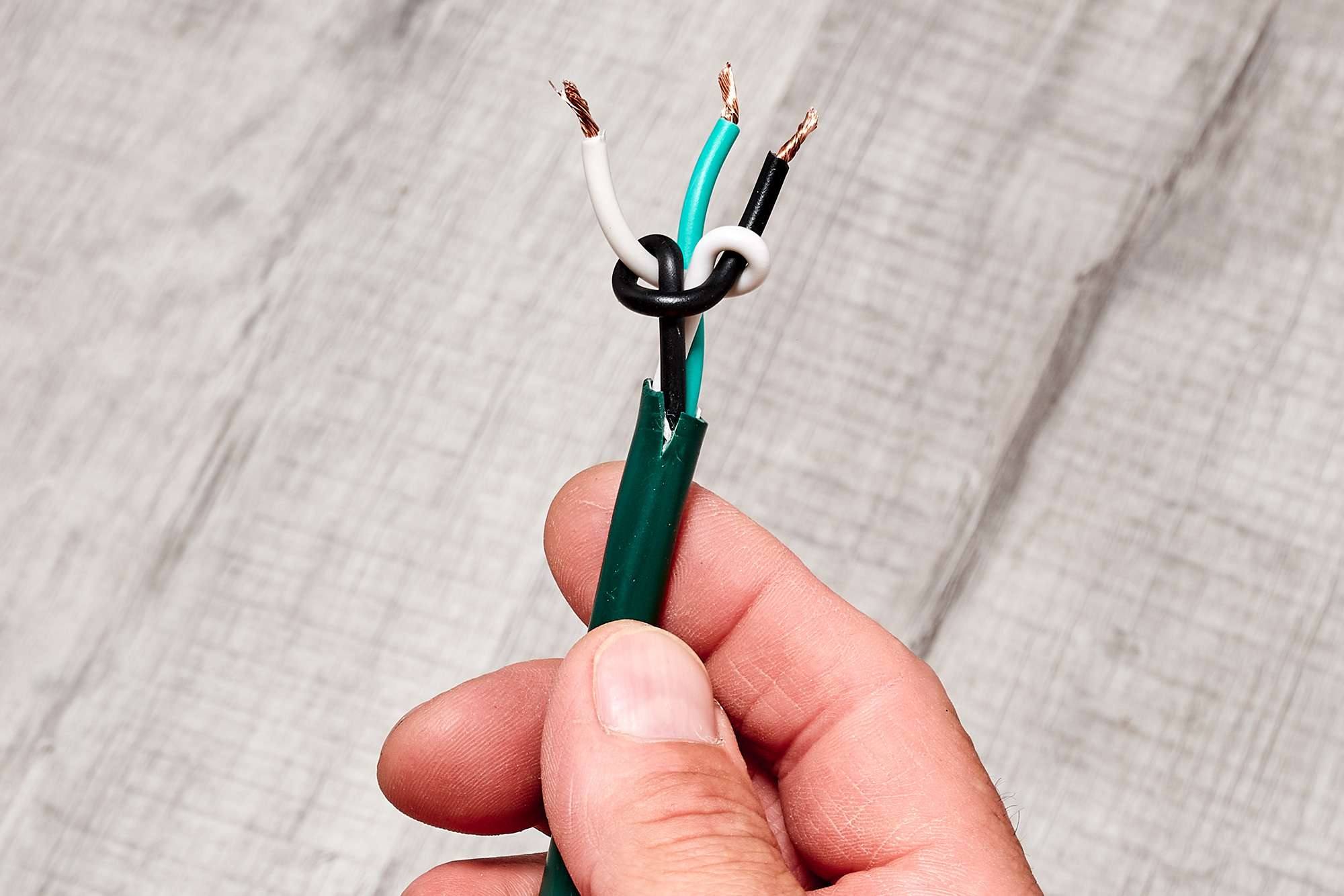
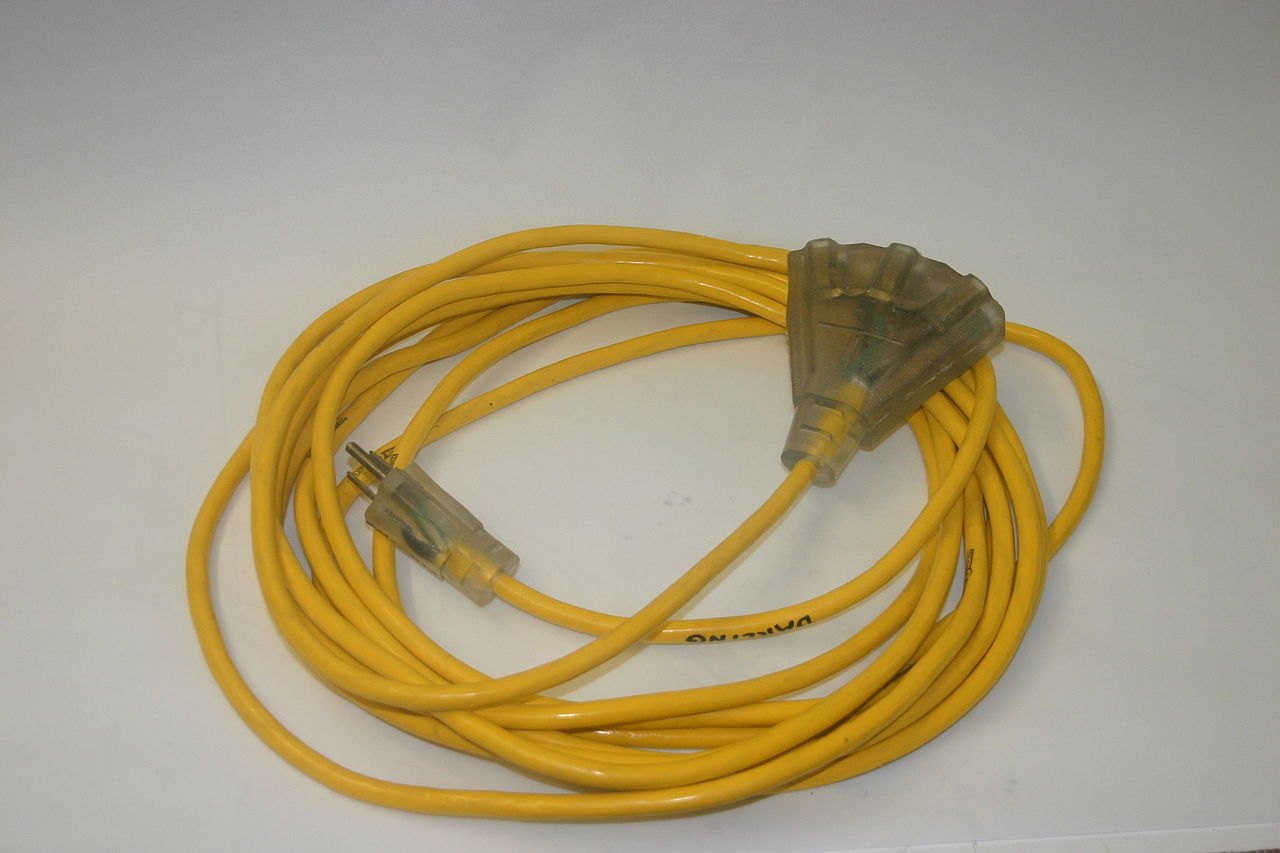
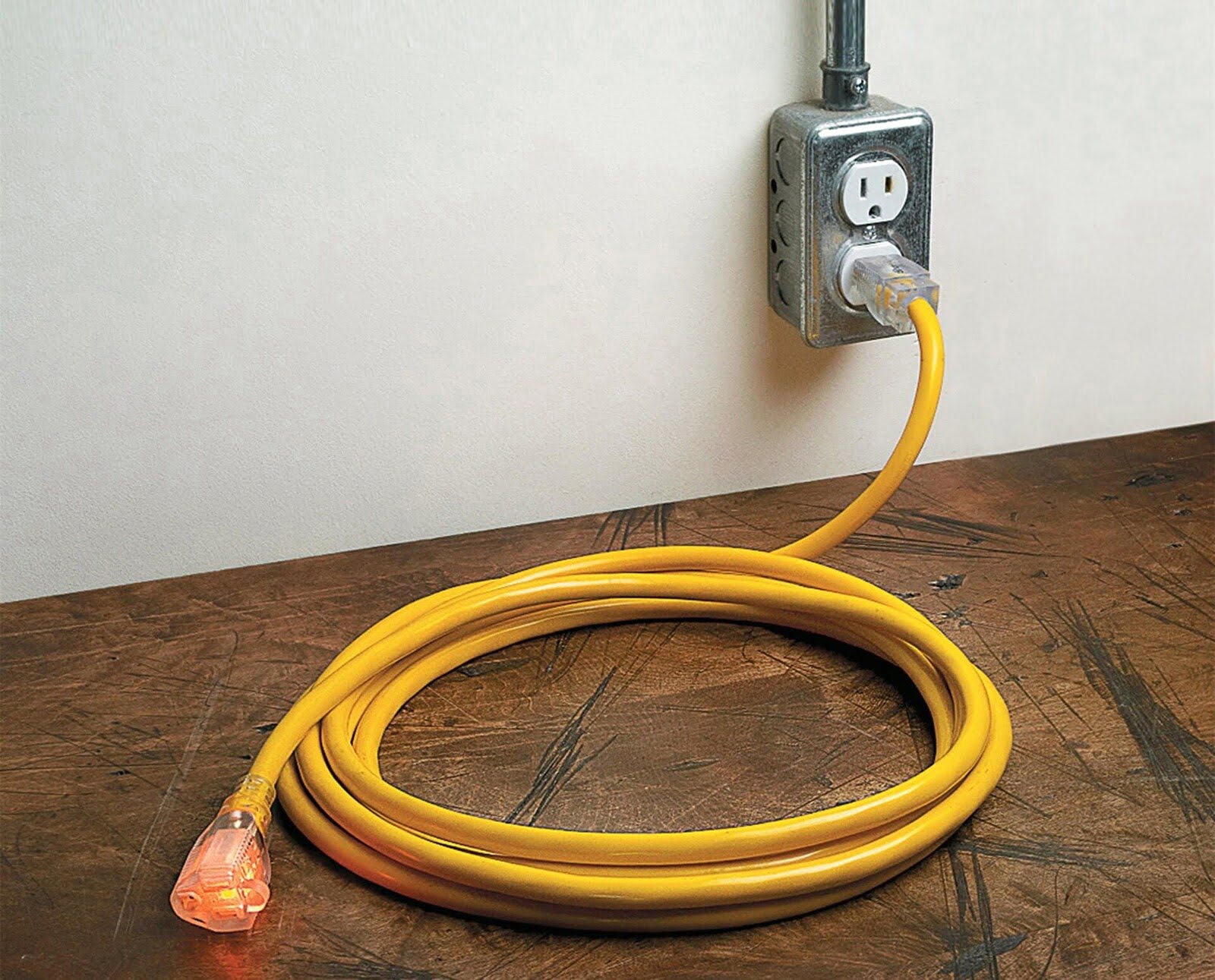
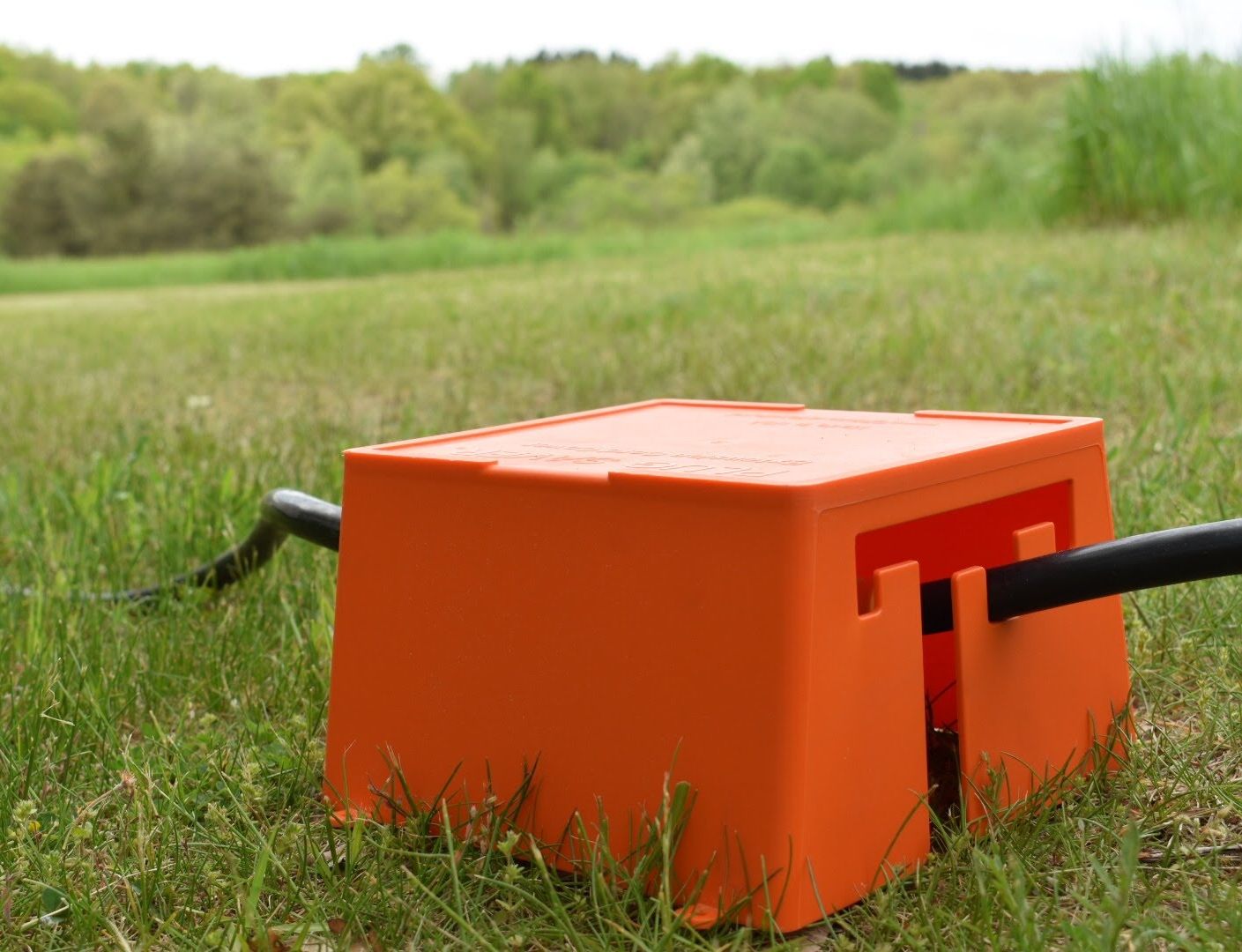

0 thoughts on “How To Store Extension Cord”